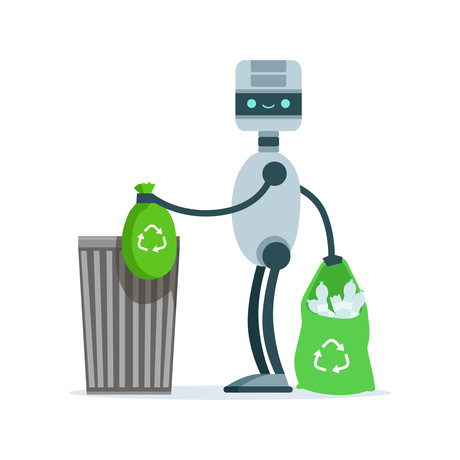AI and computer vision for waste treatment process monitoring

A clear contribution to the circular economy is the recovery of recyclable materials from the waste stream. Despite the significant efforts made by local governments to implement waste segregation at the point of collection, large amounts of recyclables continue to be discarded in the wrong disposal bin.
State-of-the-art waste treatment facilities can recover a large percentage of this valuable material. However, they deal with stream flows that are extremely variable in composition and are often multilayered, limiting the capacity to achieve 100% accuracy in recovery rates. This is due to current processing methods lacking the ability to provide information on the composition (weight and characteristics) of the waste in real time.
To improve recovery ratios, a real-time monitoring system is required as part of the mechanical waste segregation process — a limitation of current technologies.
Under current conditions, obtaining valuable data (such as traceability of materials, mass balance and performance of the separation equipment) is a laborious process that requires stopping the regular operations of the plant and modifying the equipment to conduct tests. Changes in the composition of the waste and equipment performance irregularities are also factors that prevent accurate data gathering on the separation process. Some of these anomalies are often discovered months after taking place.
Spanish start-up Sadako is developing an advanced system capable of providing data in real time, facilitating the decision-making process. The solution integrates artificial intelligence and computer vision to develop advanced algorithms and machine learning, as well as multilayer neural networks (deep learning). Ferrovial Services came to the party to trial the technology in three waste treatment facilities, each located in a different country with different types of waste — UK, Portugal and Spain.
The system includes a collection of monitoring points, installed throughout the separation process, which are connected to a central server. These points gather the necessary information to obtain a clear vision of the overall process, and the specifics of the separation process in terms of mass balance, purity and incidents. The information is gathered and made available for each of the different materials that make up the waste flow.


With this advancement, facility operators will have access to accurate data detailing the characterisation of the waste and the performance of the treatment plant. Additionally, technology suppliers will have the opportunity to contribute to the creation of next-generation equipment.
Please follow us and share on Twitter and Facebook. You can also subscribe for FREE to our weekly newsletter and bimonthly magazine.
How Australia can increase its circularity rate
An expert said the solution could lie in developing onshore processing plants and creating...
Scouts SA secures future of its recycling centres
Scouts SA has partnered with Container Deposit Scheme specialist Return-It to grow its Scout...
Mining waste provides strong boost to concrete construction
Flinders University researchers are turning mining waste into a tool for sustainable...








